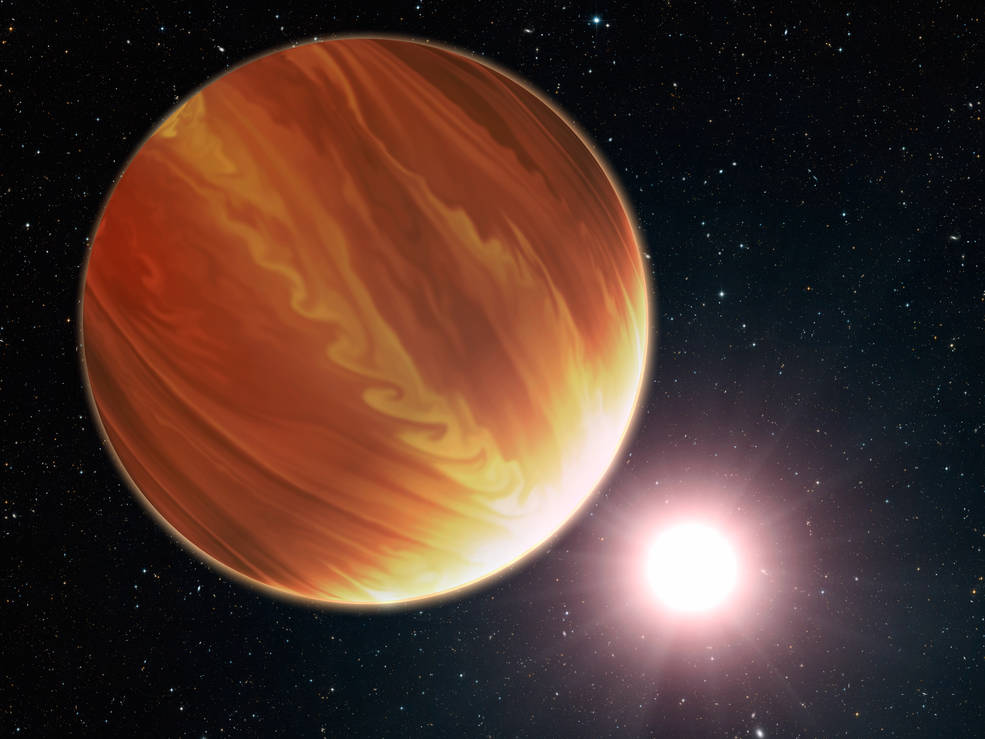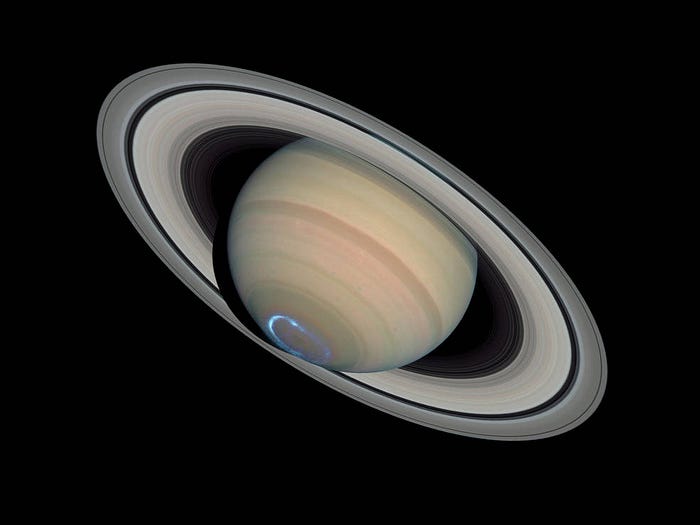The James Webb Space Telescope will soon be sending back cosmic selfies. What will we see?

The James Webb Space Telescope launched successfully on Christmas Day 2021 to great fanfare.
Weeks later, Hubble’s heir apparent avoided its predecessor’s fate when it successfully deployed and unfurled its main mirror. The honeycomb-like confection of intricately laced parts went into place perfectly. Surviving as it did the rigors of launch and space was a minor Christmas miracle.
James Webb will allow humanity to peer further into space and back in time than ever before. Scientists hope to find answers, and many new questions, out in the furthest reaches of the universe.
James Webb will also be looking at Earth’s nearest neighbors.


While astronomers have been studying nearby planets like Jupiter and Saturn for thousands of years, modern scientists still have many unanswered questions.
Some of those questions center on Jupiter and its very intriguing moons.
“NASA’s James Webb Space Telescope, the most ambitious and complex space observatory ever built, will use its unparalleled infrared capabilities to study Jupiter’s Great Red Spot, shedding new light on the enigmatic storm and building upon data returned from NASA’s Hubble Space Telescope and other observatories,” says NASA of Webb’s designs on the largest planet in our solar system.
Jupiter’s enigmatic Great Red Spot is a massive superstorm which has been raging since at least 1831, but probably long before that. The first mention of it occurs in 1665.
12,400 miles long and 7,500 miles wide, the Great Red Spot is a storm about two or three times larger than the Earth itself.
Scientists, historical and modern, have all fully expected the storm to dissipate within decades. Solving the mystery of why it has instead dotted Jupiter’s surface for hundreds of years is part of the mission of James Webb.


Saturn is another planet about which NASA scientists hope to get answers with the successful launch of Webb in December.
“There is still a lot to learn about Saturn, especially about the planet’s unique weather and chemistry, as well as the origin of its opulent ring system,” according to NASA.
With some of its transmissions, James Webb will hopefully relay some observations about, “Saturn, its rings, and family of moons as part of a comprehensive solar system program.”
“This study will be conducted through a Guaranteed Time Observations program headed up by Heidi Hammel, a planetary astronomer and executive vice president of the Association of Universities for Research in Astronomy (AURA) in Washington, D.C.” NASA has announced.
“The purpose of this program is to demonstrate the capabilities of Webb for solar system observations, including observing bright objects, tracking moving objects, and spotting faint targets next to bright ones,” Hammel explains. “The data will be made available to the solar system community as soon as possible to show them that Webb can do what we’ve promised them.”
Webb isn’t the first NASA project to take a closer look at Saturn.
NASA’s Cassini spacecraft orbited Saturn from 2004 until 2017, gathering much useful data before plunging into the planet’s atmosphere in a controlled blaze of NASA demolition glory.
Hubble has also been observing Saturn and Webb was designed to pick up where those programs left off.


There are the planets we know; and the planets we don’t know. NASA scientists hope to study both as James Webb makes its way across the heavens to its ultimate perch a million miles from Earth.
“Astronomers are hopeful that the powerful infrared capability of NASA’s James Webb Space Telescope will resolve a puzzle as fundamental as stargazing itself — what IS that dim light in the sky?” NASA wonders. “Brown dwarfs muddy a clear distinction between stars and planets, throwing established understanding of those bodies, and theories of their formation, into question.”
Good thing NASA loves questions. Even better if the Webb has answers.


Many of the answers scientists are focused on revolve around detecting the presence of water. Finding water in the vastness of space is one of Webb’s primary directives.
“Water is crucial for life, but how do you make water?” It is one major question which has been driving the designers and engineers of the James Webb Space Telescope. Understanding the conditions under which water might be present is primary to designing a deep space system for finding it.
“Cooking up some H2O takes more than mixing hydrogen and oxygen,” as NASA puts it. “It requires the special conditions found deep within frigid molecular clouds, where dust shields against destructive ultraviolet light and aids chemical reactions.”
“NASA’s James Webb Space Telescope will peer into these cosmic reservoirs to gain new insights into the origin and evolution of water and other key building blocks for habitable planets,” is one of the most promising predictions of Webb.


“Researchers may have found a way that NASA’s James Webb Space Telescope can quickly identify nearby planets that could be promising for our search for life, as well as worlds that are uninhabitable because their oceans have vaporized,” according to NASA.
“Since planets around other stars (exoplanets) are so far away, scientists cannot look for signs of life by visiting these distant worlds. Instead, they must use a cutting-edge telescope like Webb to see what’s inside the atmospheres of exoplanets.”
For NASA scientists, X marks the spot: The X being oxygen.
“One possible indication of life, or biosignature, is the presence of oxygen in an exoplanet’s atmosphere,” NASA scientists explain. “Oxygen is generated by life on Earth when organisms such as plants, algae and cyanobacteria use photosynthesis to convert sunlight into chemical energy.”
Will Webb be able to detect oxygen markers in atmospheric conditions?
Once Webb starts sending back images and data, scientists will find out.


One indicator NASA scientists may be getting their wish is the advanced capabilities of Webb.
With far superior resolution to that of Hubble, James Webb will provide a much more detailed analysis about planets, quasars, exoplanets and whatever else may be floating around the cosmos.


(contributing writer, Brooke Bell)
For more information and to follow Webb’s fascinating journey, visit here.